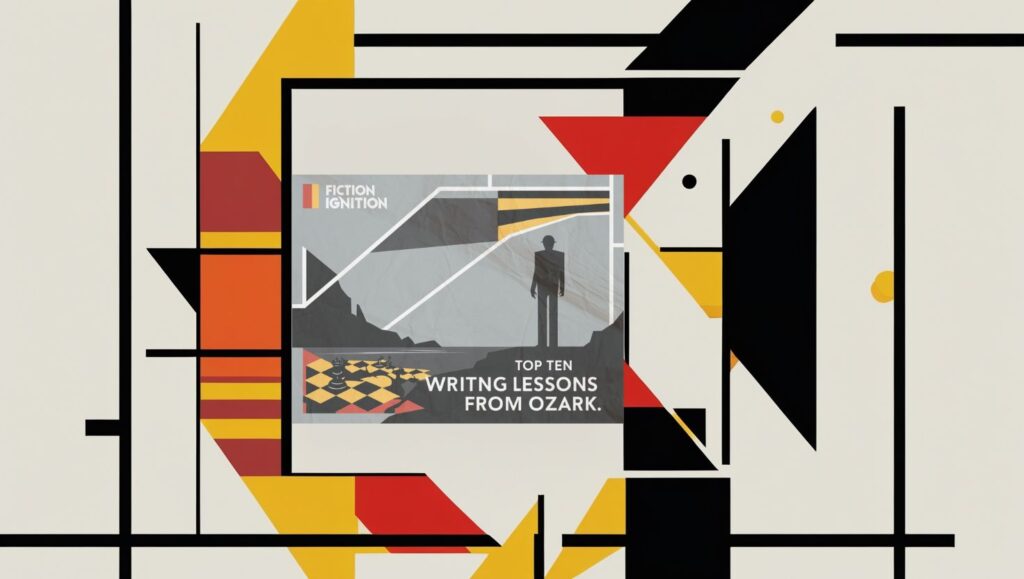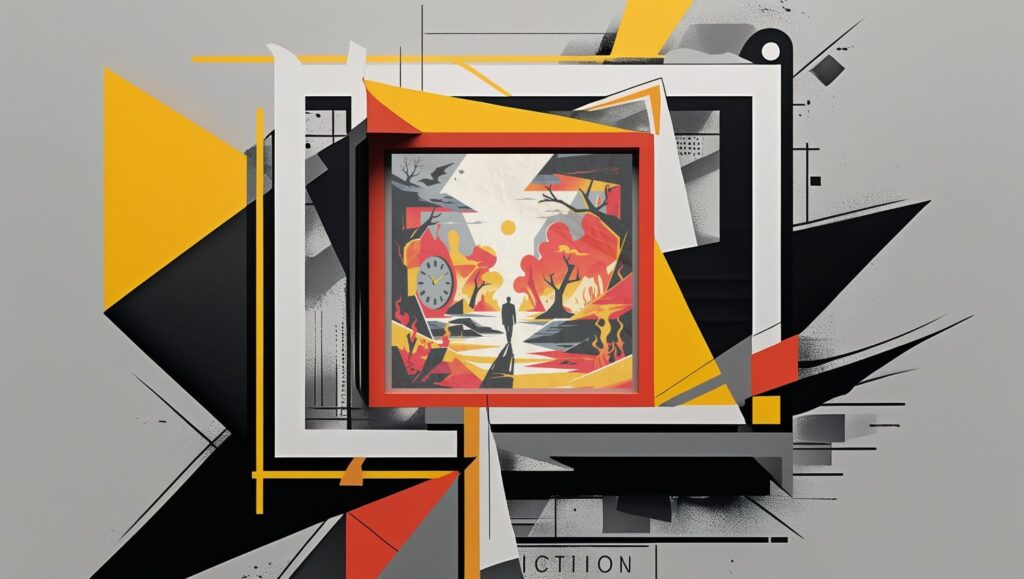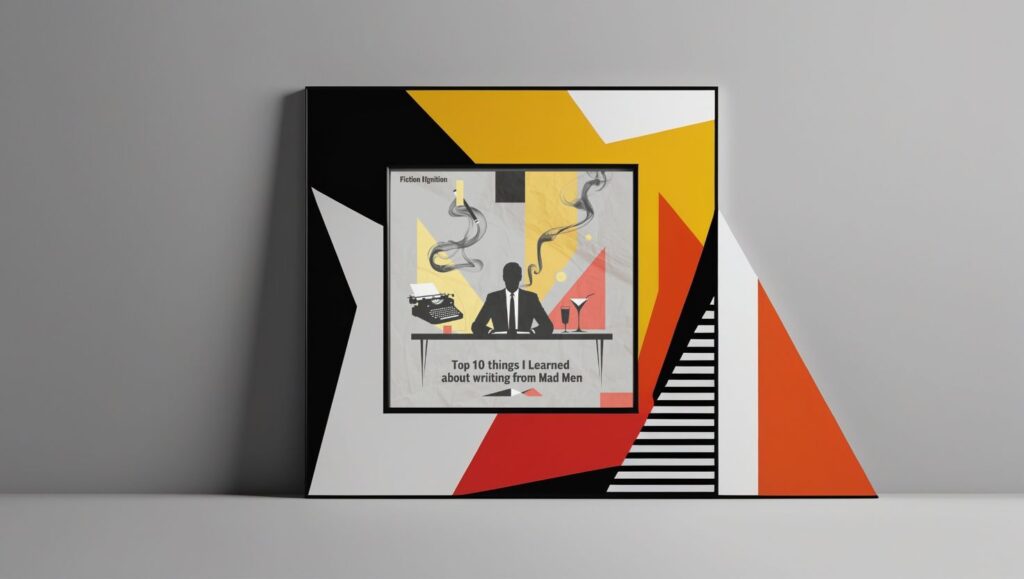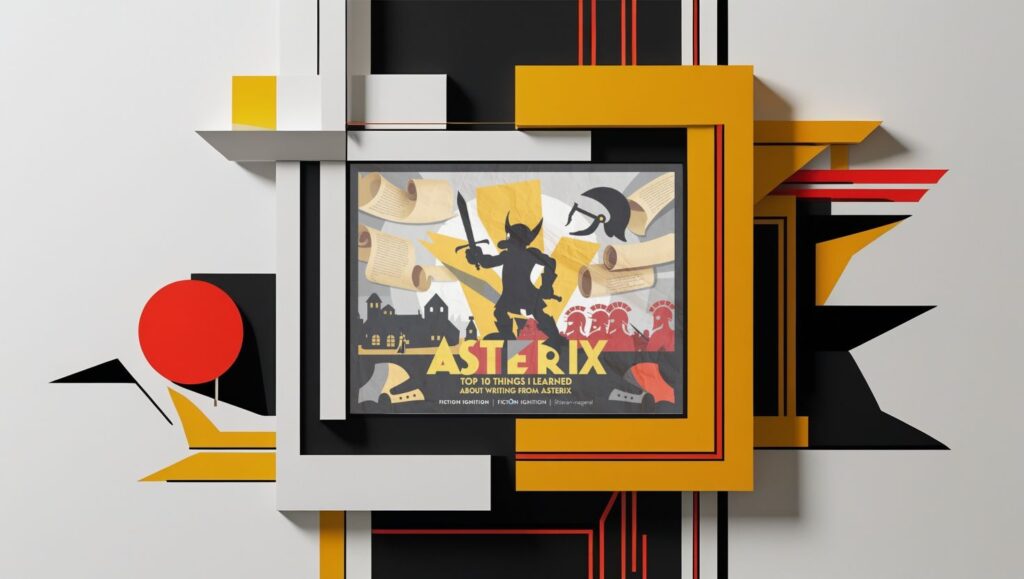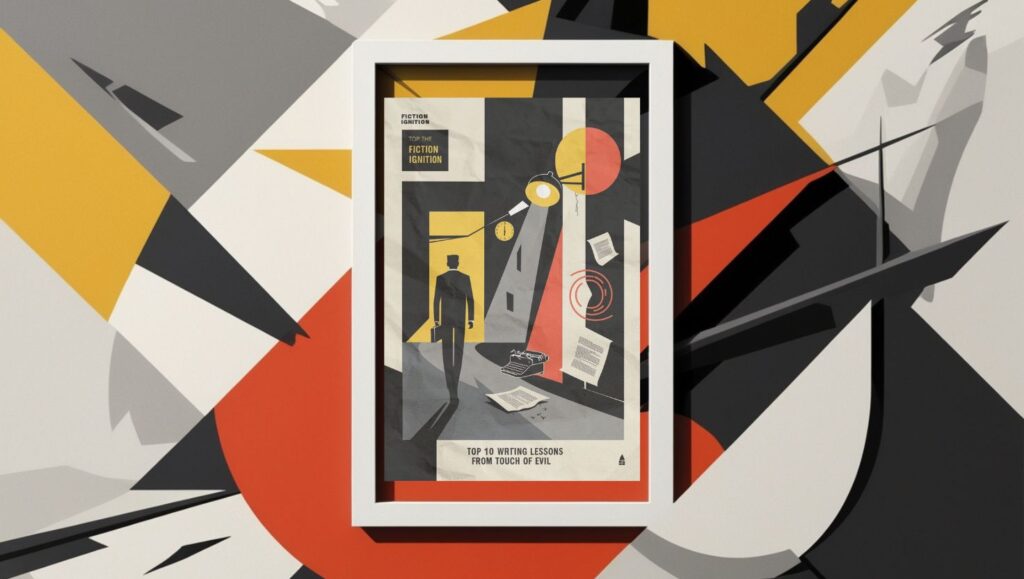Hello, Fiction Igniters!
Gather around, my literary pyromaniacs, because today we’re diving into the swamp—literally and figuratively. I’m talking about Alan Moore’s legendary run on Swamp Thing is considered a pinnacle of comic book storytelling, redefining the horror genre within the medium. As a bearded wizard of words and ideas, Moore took a character that many viewed as a second-tier monster and transformed him into a poetic, philosophical, and deeply haunting figure. His tenure on the series cemented his reputation as one of the most innovative voices in comics, blending literary depth with spine-chilling narratives., a comic series that scared the living daylights out of me as a teenager and taught me lessons about storytelling I’ll carry to the grave. And oh boy, do I have a story for you!
Picture teenage me: fresh-faced, armed with a stack of comics, and completely unprepared for what lay within Saga of the Swamp Thing. I’d read creepy tales before. Heck, I’d met Etrigan, the rhyming demon, in other titles and thought I was tough stuff. But Alan Moore? Oh, he went there. His words didn’t just jump off the page; they slithered, crawled, and rooted themselves in my psyche. I was so shaken that I wrote a hate letter to the editor. (Yes, really!)
But guess what? That visceral reaction is exactly why Moore’s work is genius. Soon enough, I fell under his spell and climbed aboard the Alan Moore fandom express. To this day, he sits atop my personal Mount Rushmore of creative heroes. Here are the top 10 lessons his Swamp Thing stint taught me about writing—lessons you can use to set your stories ablaze!
10. Make the Familiar Unfamiliar
Alan Moore didn’t just write about a big green monster. He redefined Swamp Thing as a plant who thinks he’s a man. That twist? Pure brilliance. It made readers question identity, humanity, and everything in between.
Takeaway: Don’t settle for surface-level storytelling. Ask yourself, “What’s the unexpected angle here?” Think about Breaking Bad: what if a mild-mannered chemistry teacher became a ruthless drug kingpin? Such twists apply across genres and can elevate any narrative. Think of Mary Shelley’s Frankenstein: a monster, yes, but also a poignant meditation on creation and rejection.
9. Lean Into Emotion—Even Fear
When I first read Moore’s work, I felt real fear—like the kind where you sleep with the lights on. He didn’t rely on cheap scares. Instead, he tapped into primal, almost existential dread.
Takeaway: Writing that stirs emotions sticks with readers. Dig deep and tap into universal feelings. Stephen King’s The Shining isn’t just about a haunted hotel; it’s about isolation, madness, and family dysfunction.
8. Subvert Expectations
Who says horror can’t be poetic? Moore’s prose in Swamp Thing reads like dark poetry. It’s lush, haunting, and unexpected for a “comic book.”
Takeaway: Surprise your readers with elevated language or unconventional approaches. Think of Edgar Allan Poe. He made horror literary and lyrical, and it’s why we’re still talking about him.
7. World-Build Like a God
Moore’s Swamp Thing didn’t exist in isolation. He expanded the world, introducing otherworldly realms, vibrant supporting characters, and a sense of interconnectedness with the broader DC universe.
Takeaway: Build a world your readers want to explore. Tolkien didn’t just give us The Hobbit. He gave us Middle-earth, complete with its own languages, history, and mythology.
6. Respect Your Audience’s Intelligence
Moore didn’t dumb things down. He tackled big ideas—environmentalism, mortality, and love—without spoon-feeding readers. He trusted us to keep up.
Takeaway: Write for smart readers. Assume your audience can connect the dots. Just like Margaret Atwood’s The Handmaid’s Tale trusts readers to unravel its dystopian layers.
5. Don’t Be Afraid to Get Weird
Moore’s horror wasn’t confined to jump scares. It was surreal and otherworldly. Remember the Anatomy Lesson issue? A deeply unsettling yet genius deconstruction of Swamp Thing’s origins.
Takeaway: Embrace the weird and unexpected. Kafka’s The Metamorphosis is unforgettable because it’s so bizarre—yet deeply human.
4. Layer Your Themes
On the surface, Swamp Thing is horror. Dig deeper, and it’s about love, nature, and the consequences of human hubris.
Takeaway: Great stories operate on multiple levels. George Orwell’s Animal Farm is a simple tale about animals but also a scathing critique of political corruption.
3. Every Word Matters
Moore’s writing feels deliberate. Every sentence builds tension, paints a vivid picture, or reveals a deeper truth—like in The Anatomy Lesson where Swamp Thing learns he’s not a man but a sentient plant. This revelation isn’t just shocking; it shifts the entire narrative’s emotional and thematic framework.
Takeaway: Treat words like gold. Hemingway’s minimalist style in The Old Man and the Sea proves you don’t need many words to pack an emotional punch.
2. Collaborate With Intent
Moore worked with artists like Stephen Bissette and John Totleben to create a visual and narrative masterpiece. Their collaboration elevated the series.
Takeaway: Writing doesn’t have to be a solo endeavor. Surround yourself with talented people who enhance your vision. Think of Lennon and McCartney—pure magic when they worked together.
1. Be Fearless
Moore pushed boundaries and didn’t shy away from controversial or challenging topics. He wrote with courage, and it paid off.
Takeaway: Write what scares you. Write what challenges you. For instance, I once took on a story inspired by my fear of isolation. It was terrifying to write, but it turned out to be one of my most personal and rewarding projects. When you confront what frightens you, you create raw, compelling art that connects deeply with readers. Embrace the discomfort—it’s where the magic happens. Great art often comes from stepping outside your comfort zone. Toni Morrison’s Beloved is fearless, and that’s why it’s unforgettable.
Wrapping It Up
So there you have it, Fiction Igniters: 10 fiery lessons from the master himself, Alan Moore. If you haven’t read his Swamp Thing, do yourself a favor and dive in. But be warned: you might need to sleep with the lights on.
Until next time: don’t write, ignite!


